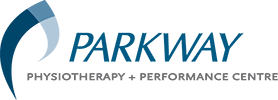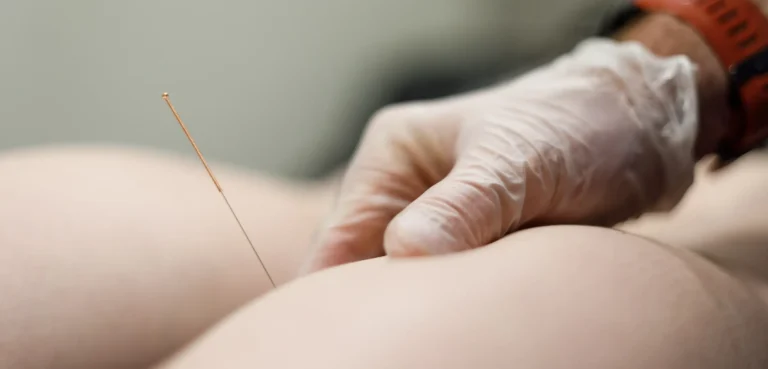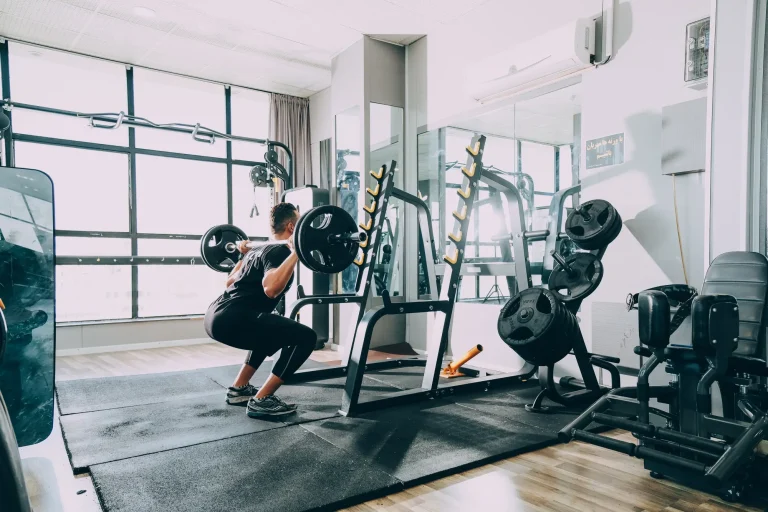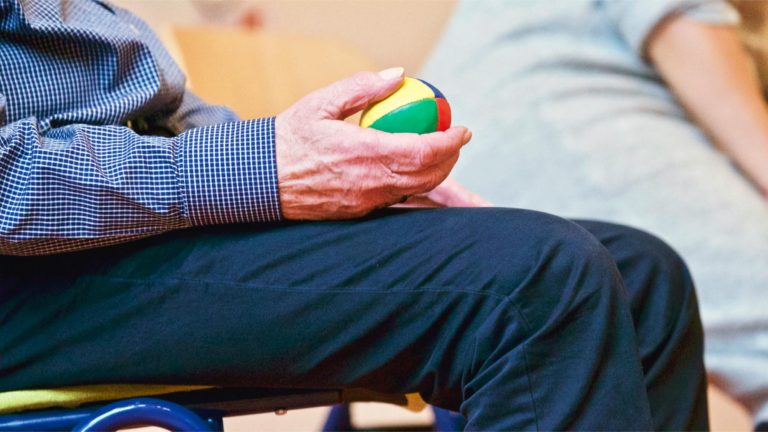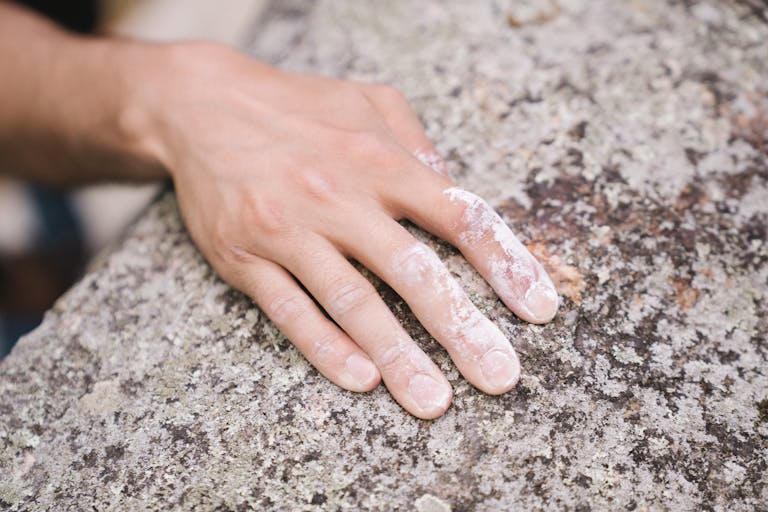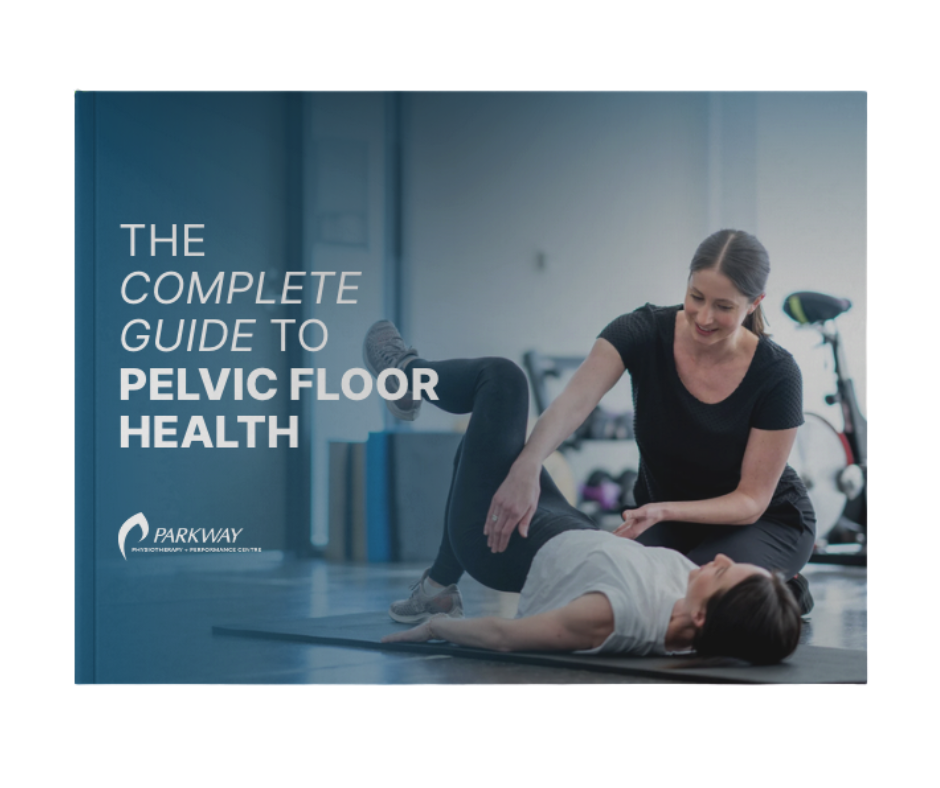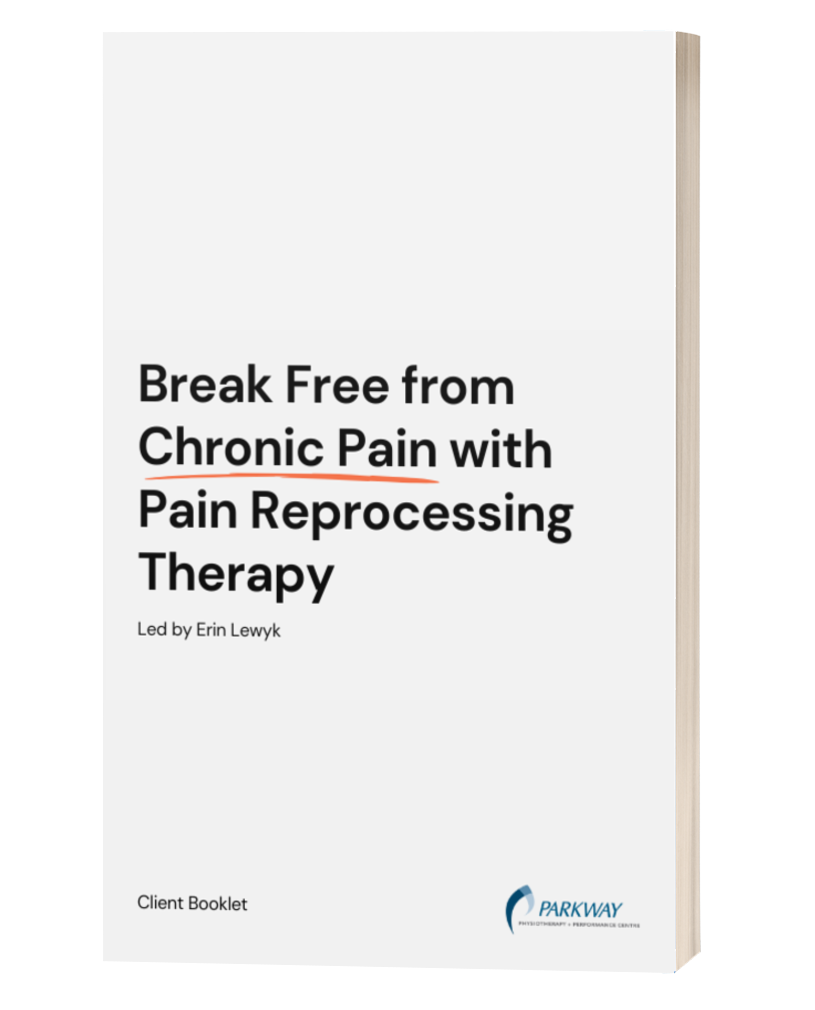That unsettling click, pop, or even a sudden “lock” in your jaw can be alarming. These symptoms are often signs of TMJ Disc Displacement, a condition where the small, cartilaginous disc within your jaw joint shifts out of its normal position. Whether it’s “with reduction” (it clicks back into place) or “without reduction” (it stays displaced, potentially limiting movement), specialized physiotherapy offers a targeted approach to stabilize your jaw and restore smooth function.
Phase 1: Chill – Calming the Joint & Reducing Stress
When your TMJ disc is out of place, the joint itself can become irritated and inflamed. The “Chill” phase aims to reduce this irritation, minimize stress on the joint, and alleviate any immediate pain. Given the constant use of the jaw, this period of gentle unloading is crucial.
Physio Approach:
- Gentle Manual Mobilization: Your physiotherapist may use very gentle, specific techniques to encourage optimal joint positioning and reduce irritation. These are carefully applied and within your pain tolerance. We’ve spoken about this before in other posts but unless your disc displacement happened after trauma (we have another article for you in that case), you will have a high likelihood of having some upper neck trouble. There are nervous system reasons behind this that your Parkway Physiotherapy therapist can speak to
- Pain-Relief Modalities: Application of ice can help reduce inflammation and pain in the joint area.
- Soft Diet & Jaw Rest: Temporarily avoiding hard, chewy, or large foods can significantly reduce the load on your TMJ, allowing the irritated tissues to settle.
- Awareness & Modified Movements: Learning to move your jaw in a way that avoids aggravating the click or lock, such as avoiding wide opening during yawning or singing.
- Postural Education: Addressing any forward head posture, which can increase strain on the neck and TMJ, is a foundational step.
- Why it Works (Evidence): Early conservative management for TMJ disc displacement focuses on reducing pain and inflammation. Research in the Journal of Oral Rehabilitation supports that conservative treatments, including patient education and TMJ physical therapy, are effective in managing the early stages of disc displacement. [1]
Phase 2: Build – Stabilizing the Disc & Restoring Controlled Movement
Once the initial irritation subsides, the “Build” phase focuses on training the muscles around your jaw to provide better stability and control. The goal is to encourage the disc to stay in its optimal position (if possible) and to restore smooth, pain-free jaw movement.
Physio Approach:
- Neuromuscular Control Exercises: You’ll learn specific exercises to improve the coordination and strength of the muscles that control jaw movement. These often involve slow, controlled opening and closing exercises, ensuring the jaw moves symmetrically.
- Jaw Stabilization Exercises: Isometric exercises (where you hold a position without movement) can help strengthen the jaw muscles, providing better support for the joint.
- Controlled Opening Techniques: For disc displacement with reduction, the aim is often to train the jaw to open without the “click” by consciously altering the movement pattern. For displacement without reduction, the focus is on gradually increasing mouth opening with gentle stretches.
- Posture Strengthening: Continued exercises to strengthen the neck and upper back muscles are vital, as good posture directly influences jaw alignment and reduces strain.
- Why it Works (Evidence): A study in the Journal of Craniomandibular Practice found that exercise therapy, especially those focused on motor control, improved both pain and jaw function in patients with disc displacement with reduction. [2] The emphasis is on active patient participation to retrain jaw movement.
Phase 3: Bridge – Confident Function & Preventing Recurrence
The “Bridge” phase is about ensuring your jaw can handle the demands of everyday life and beyond, with minimal risk of recurrence. Pain should be significantly reduced, and your jaw movements should feel more stable and fluid.
Physio Approach:
- Progression of Chewing & Speech: Gradually reintroducing a full range of foods and ensuring comfortable, unrestricted speech.
- Advanced Jaw Control Exercises: Moving beyond basic exercises to more dynamic movements that challenge your jaw’s stability and control, mimicking real-life scenarios.
- Stress Management & Habit Modification: Long-term strategies to manage stress, which can lead to clenching, and to break habits like nail-biting or excessive gum chewing that might strain the TMJ.
- Ergonomic Optimization: Reviewing and refining your workspace, sleep habits, and daily routines to support optimal jaw and neck posture.
- Sports & Activity Integration: Guidance on how to safely participate in any desired physical activities or sports without aggravating the TMJ.
- Why it Works (Evidence): Long-term success in managing TMJ disorders, including disc displacement, relies heavily on patient education and adherence to self-management strategies. The Journal of Oral Rehabilitation emphasizes the importance of a comprehensive approach that includes patient education for sustained results. [3]
Don’t let a clicking or locking jaw hold you back.
At Parkway Physiotherapy Tuscany Village our physiotherapist Kristin Looby will help you at each stage of your journey back to health. You can enjoy unhindered jaw function once again.

Written and reviewed by Kristin Looby, MPT
Published on September 25, 2025
Last updated on September 25, 2025
Book Directly in with Kristin: https://parkwayphysiotuscanyvillage.janeapp.com/#/tmj-temporomandibular-jaw
References:
[1] Dworkin, S. F., & Leresche, L. (1992). Research diagnostic criteria for temporomandibular disorders: review, criteria, examinations and specifications, critique. Journal of Craniomandibular Disorders, 6(4), 301-354. (Classic paper discussing diagnostic criteria and treatment approaches, including conservative management).
[2] Manfredini, D., et al. (2010). Efficacy of different therapeutic strategies for disc displacement with reduction of the temporomandibular joint: a systematic review of the literature. Journal of Craniomandibular Practice, 28(4), 282-290. (Highlights the role of exercise in management).
[3] Durham, J., et al. (2017). Self-management for people with painful temporomandibular disorders (TMDs): a qualitative study. Journal of Oral Rehabilitation, 44(2), 127-134.
